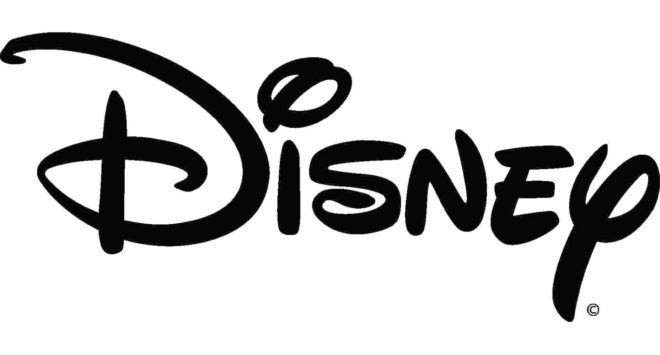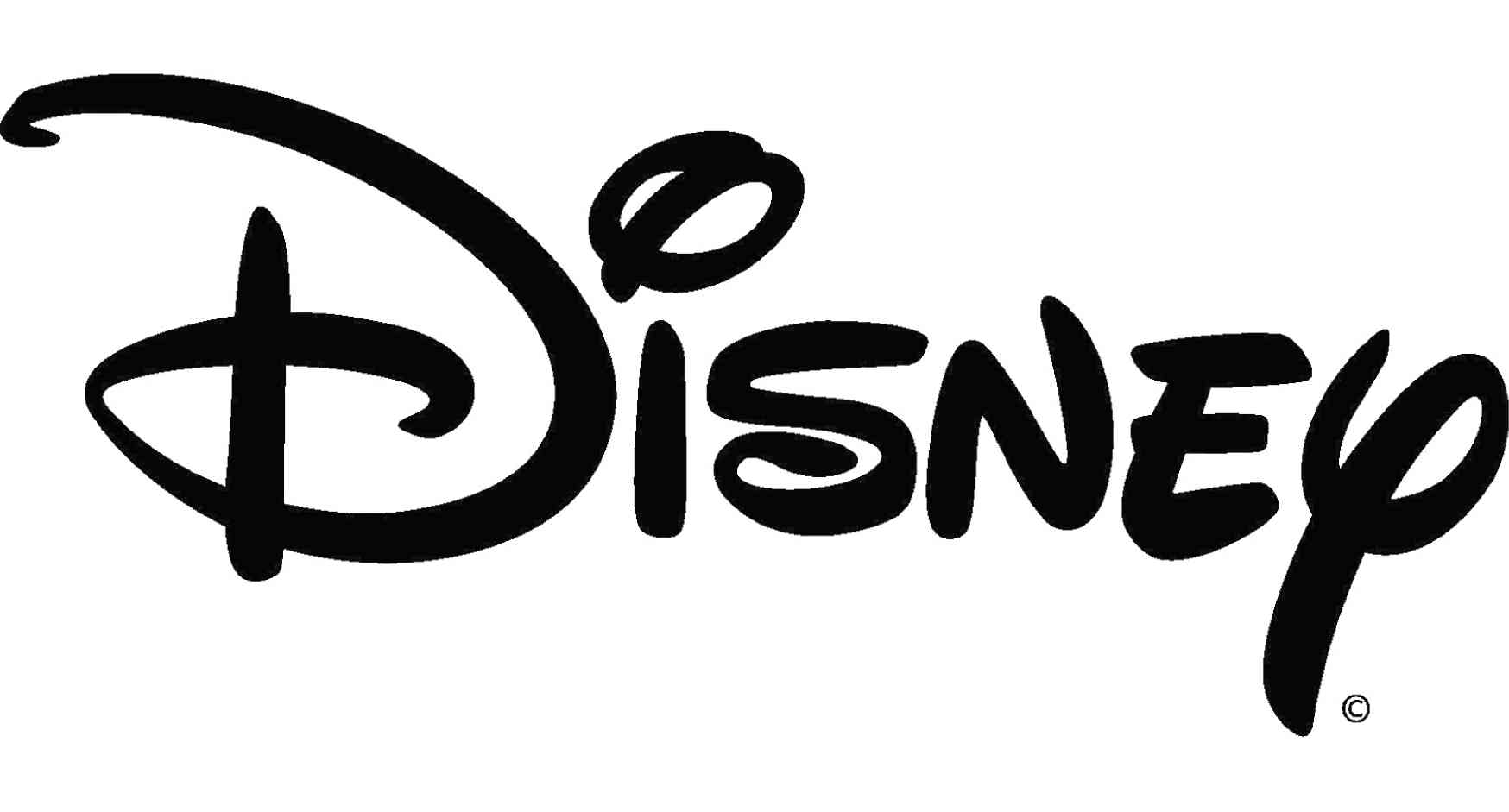
Legacy” is an important word at Disney. Disney has grown to become so inclusive that it’s often mind-boggling to imagine all of its moving parts, but it all began with one man—Walt Disney—and his genius continues to drive and inspire everything that bears his name.
Take for example, Walt Disney Animation Studios (WDAS), the makers of “The Little Mermaid” and “The Lion King.” It still makes distinctively Disney films that started all the way back in 1937’s “Snow White and the Seven Dwarfs”: yet 2016’s “Moana” is both very Disney and completely different from what came before it.
This is something that WDAS president Andrew Millstein takes to heart. “The idea of legacy for us in Disney animation poses an important question in two ways,” he posited. “It can be something that’s inhibiting, so you feel the weight and the power of a legacy, and as a consequence makes you not want to take risks because you almost have too much to lose. Or you can think about legacy from the context of Walt Disney himself and the fact that the legacy was created through innovation and risk-taking. We’d like to think for our studio—which has over 950 people now—legacy can be a springboard that propels you into the future and we are all part of an institution for a moment in time and we want to create our legacy now.”
Millstein says this attitude is particularly important in a category Disney essentially created: animated films. “I just think for the very beginning the creation of animation intrinsically was a risk because it had never been done before. We were creating a new genre or art form, and for us to stay relevant its important for us to continue to push the brand and differentiate. It means you have to have great images, great stories and great worlds because our audience globally are looking for that.”
What Disney is doing different now is they are moving those animated films to the live-action universe, as demonstrated by the Emma Watson-starring “Beauty and the Beast.” Extreme care is taken when making this transition, says Shawn Bailey, president of Walt Disney Studio Motion Pictures Productions. “It’s with great respect and gratitude that we stand on the shoulders of this company’s animated legacy,” he says. “I do believe there’s an art and craft to translating them to live action but we also recognize that many of the iconic in these movies come from the incredible legacy we have here, from the canon of films, the canon of characters and these incredible songs.”
The classic Disney films are admittedly perfect for this process. “I think it’s a valid strategy because fairy tales have been told and retold throughout time,” Bailey says. “They are by their very nature iterative and open to cultural interpretation.”
The key is coming up with the right iteration. “It’s been quite a while since these movies were out there. The world looks very different from that of Walt Disney. We want to make movies representative of this world. Technology has advanced exponentially. What were able to do now in terms of bringing ‘The Jungle Book’ or ‘Beauty and the Beast’ to life with the technology available to us now and with the great talent behind and in front the camera feels like we can tell these timeless stories but we can present them to the world in a brand-new way and give the audience an experience they’ve never had before with these stories.”
One has to remember that Disney is also heavily invested in television, which features iconic characters like Mickey Mouse and new fare such as the “Descendants” and “Tangled” TV series. This is the territory of Nancy Kanter, executive vice president for content and creative strategy for Disney Channels Worldwide: “In part it’s the genius of the characters Walt Disney created, the fact that, this many years on, Mickey Mouse still entertains and engages kids across a huge age span. When we look at Disney Channel we have the preschool shows which are always among our top-rated shows as well as shorts for a different audience with a different look. The essence of the storytelling is there. We just have to interpret it for different audiences.”
It’s fitting the right properties with the right outlets. “We have different platforms,” Kanter says. “It’s a different diet of content for kids when you talk about television versus a theatrical release.” Additionally, Kanter says “the TV challenge is how to create new characters who can live alongside Mickey Mouse.”
The different Disney branches work together joyfully. Millstein says discussions between them regarding the use of characters are short. “When I look at my colleagues in television, live action, or animation, there’s a lot of integrity and respect. We know the characters are going to be in good hands.”
When Kanter decides to take a movie like “Tangled” and turn it into a TV show, she asks the question: “Do we feel we can really expand this?” Bailey says his question is: “Do we really think this can be good?” For example, Bailey points out Tim Burton is shooting the live-action “Dumbo” in the United Kingdom. “If not for Tim Burton directing that movie, we wouldn’t be doing that movie. With each one, it’s bringing something special and of extraordinary quality to the audience.”
Despite their success with sequels, Disney doesn’t consider this an automatic process. Often, it’s mining a new vein in an existing property. “There may be a different part of the world to explore,” Bailey explains. “Just because a movie is a great success, we don’t make a sequel. It’s not sequel to sequel.”
But when they do a sequel, it’s a creative decision. “The filmmakers need to be the drivers who make that decision,” Millstein says. “It takes roughly five to seven years to complete a film. Our filmmakers are living with characters like Elsa and Anna in ‘Frozen’ for years and years. While it seems to be a logical business decision to make a sequel, the filmmakers themselves literally needed to take a break from those characters and that world. Which they did. Then we made a short. It was in making that short that they realized how much they loved those characters and wanted to be in that world again for five more years.”
All of this work, regardless of platform, creates a healthy working environment built on tradition as well as making new things. That’s just how it goes at Disney. Millstein can’t hold back his wonder at how the films have gone from animation to live action. “From a competitive perspective, these things are just so good. The audience is there reimagining our brand based on the fact that we have a spectrum of work in animation, 3D and live action.”









































